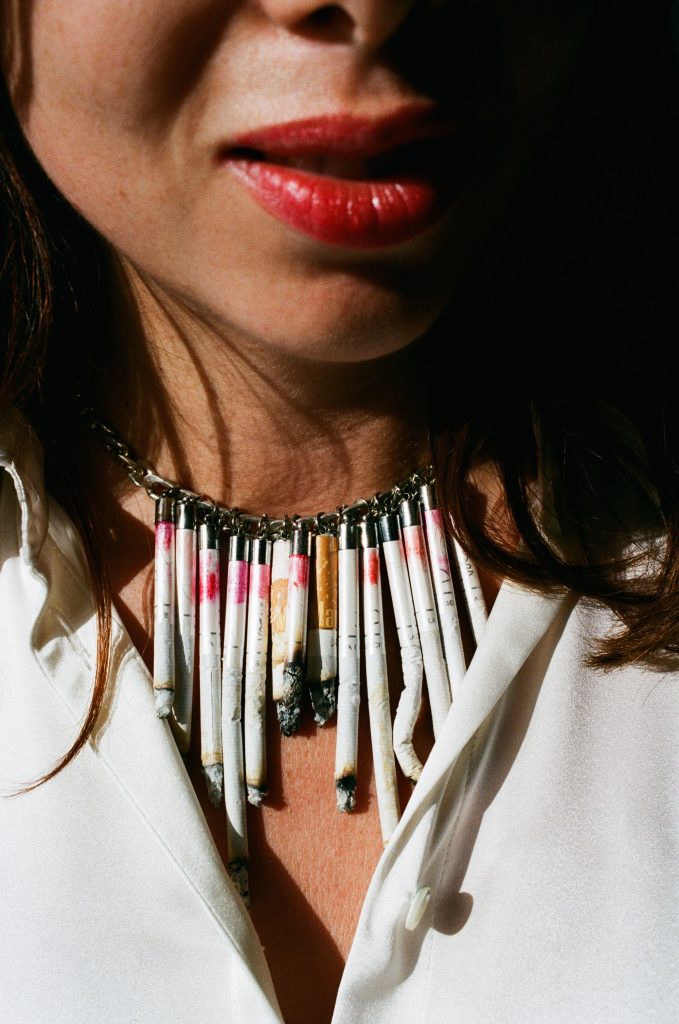
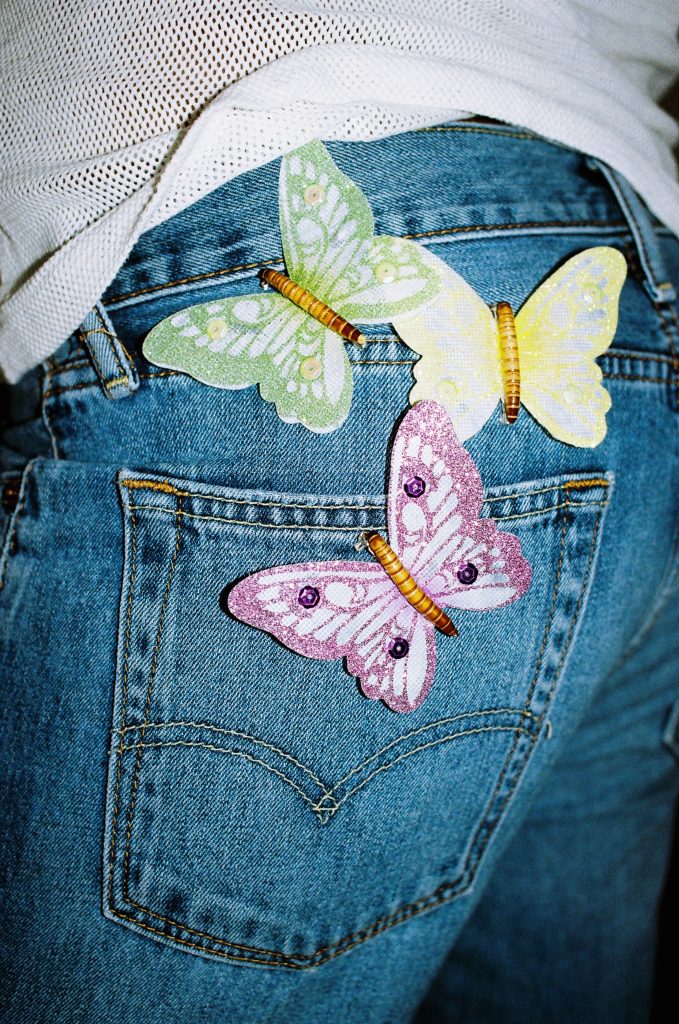
Subscribe to Port Magazine annually and receive each issue to your door.
Get PORT in printSubscribe to Port Magazine annually and receive each issue to your door.
Get PORT in print

Nikita Dmitriev, assistant curator of the Musée d’Art Moderne in Paris, examines the Russian director and screenwriter breaking the rules of conventional filmmaking
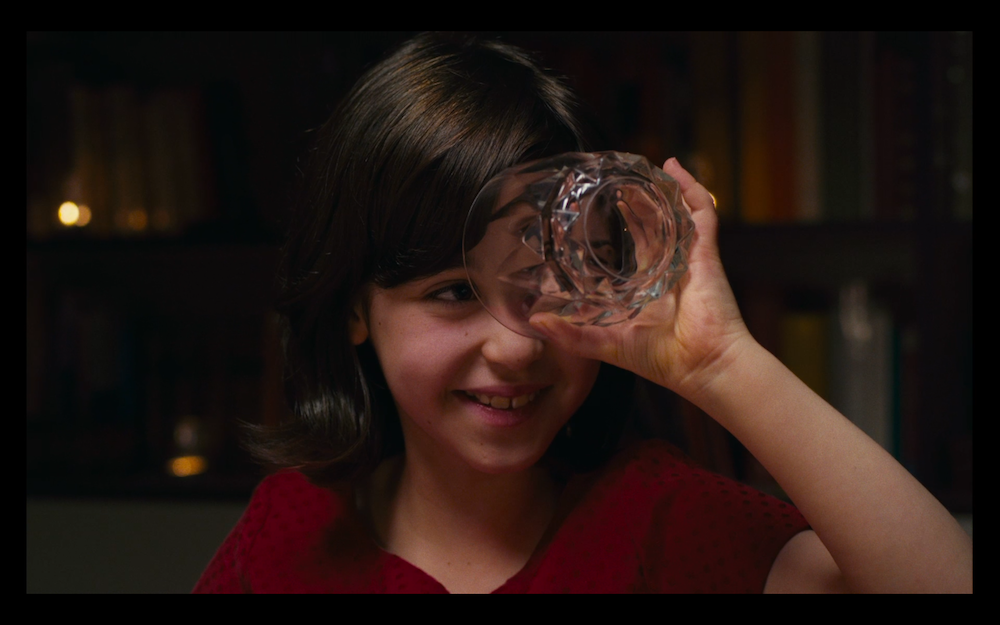
Born into a family of prominent Russian filmmakers, the 28 year old director and screenwriter Nathalia Konchalovsky started cinema career abroad, where her surname didn’t give any particular privilege to its bearer. Having spent time at the bureau of the Stockholm International Film Festival, for the last 8 years Konchalovsky has lived in France, and positioned herself primarily as a chronicler of its contemporary urban life.
Her 2014 short film Brésil is a quintessentially Parisian, sarcastic tale of lie and love’s transience. Dressed up like a navy officer for a carnival occasion, its main character is smoking a cigarette on the bank of the St. Martin channel. He accidentally encounters his ex-girlfriend, who believes he’s become an actual cruiser captain – his intention during their time together. With a mix of embarrassment and excitement, the girl asks questions about his career. The guy, himself not without confusion, starts talking about his endeavors in the oceans between Latin America and Australia. The girl gives him a sheet of paper with her new phone number, begging the guy to call her the day after. He promises to do so, and the girl, full of expectations, runs away. A few moments later, drunken colleagues, one of which has a giant, bloody red clown nose, rush out of the party boat nearby, and from their brief dialogue we learn that all of them are simple office clerks. The false captain remains alone, and, having thrown the phone number on the pavement, leaves the stage.
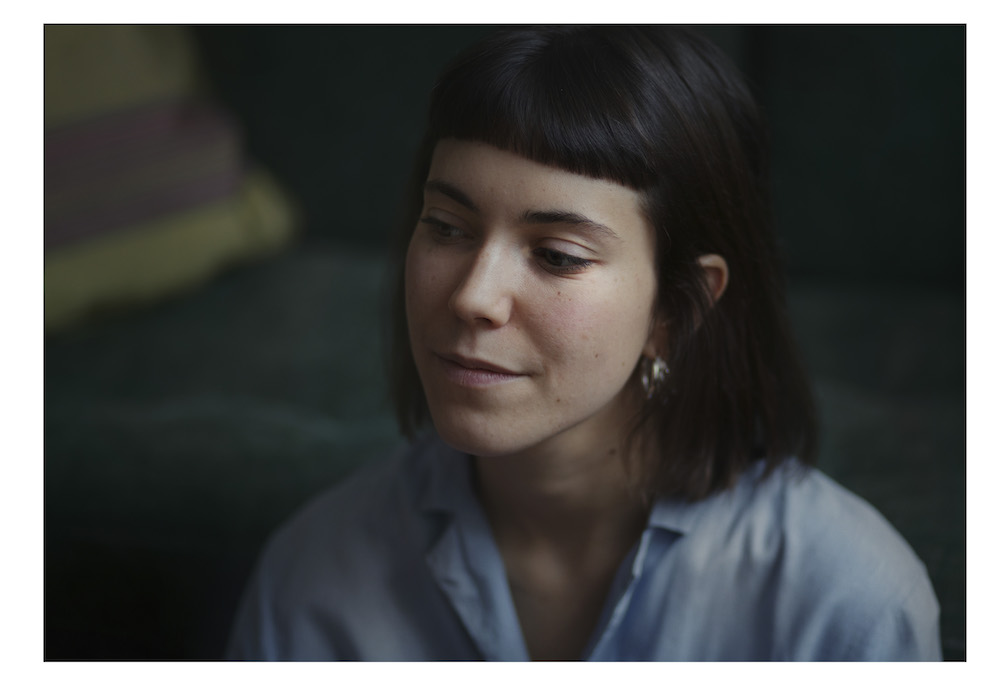
Dinner, from 2017, is a comedy depicting a French family gathering, seen through the eyes of a little girl. Among its main characters is a granddad growing tired of the senseless table talk and secretly drinking strong alcohol from a tiny flask, as well as an eccentric, overweight lady incessantly laughing and showing off her bare foot covered with callosities from wearing her brand new shoes. Towards the end of the dinner, the overlapping vivacious dialogues about hotel prices, dresses and forthcoming birthdays have transformed in the imagination of its youngest participant – falling asleep but still waiting for desert – into a a wild opérette where the grown-ups become circus animals, and their speech turns into a sequence of incomprehensible futuristic syllables.
Spring (2018), Konchalovsky‘s last and longest film to date, is a story of Marina, a Russian woman in her late 50s from a small provincial town arriving to her daughter’s apartment in St. Petersburg on her birthday. Preparing a big home party with her pals, the daughter is clearly unhappy to receive Marina. In the evening, wandering from one room to another and staring at young hipsters touching each other and doing drugs, Marina accidentally engages in conversation with one of them and leaves the celebration in his company. They talk and drink whiskey on the deserted nocturnal streets. At a random karaoke bar, slightly drunk Marina with her high mannered voice sings a melancholic song from the 1980s. The guy defends her from a rude bartender and shortly after the heroes give each other a French kiss on a rooftop… At this moment, somebody calls the guy inviting him to another party and he leaves Marina alone. The woman returns to the apartment, where her lonely daughter is sitting amidst of the birthday party leftovers, gives her a hug, and both of them fall asleep.
Angel of Revenge (2018) and On the Way (2015) demonstrate a different approach. The first is a Kusturica-esque dark comedy showcasing a deceived mistress who comes, a wheel gun behind the belt, to a wrong funeral, which starts from a close-up of her breasts’ tan lines. The second is a nearly fetishist suspense movie in the spirit of Tinto Brass and Bertolucci about a young couple caressing each other in bed and desperately trying to wake up, with a particular focus on the woman’s feet and tights…
Konchalovsky’s main screenwriting method is the hacking of banal film plots: instead of a much expected love affair between an elderly woman and a young man, the latter just calls an Uber, instead of an erotic scene of a half-naked couple in bed, they just fall asleep, instead of a reconciliation between former lovers on the bank of the St. Martin channel, one of them just throws the phone number away. By twisting these archetypal plots from within, Konchalovsky takes the audince by surprise and, while refreshing its perception of cinema strangled by the clichés, shows up real life liberated from any kind of theatrical framework – life as it is – where so often nothing happens and nothing leads to nothing. This hyper-realism, in the end, makes her films appear quite surreal.
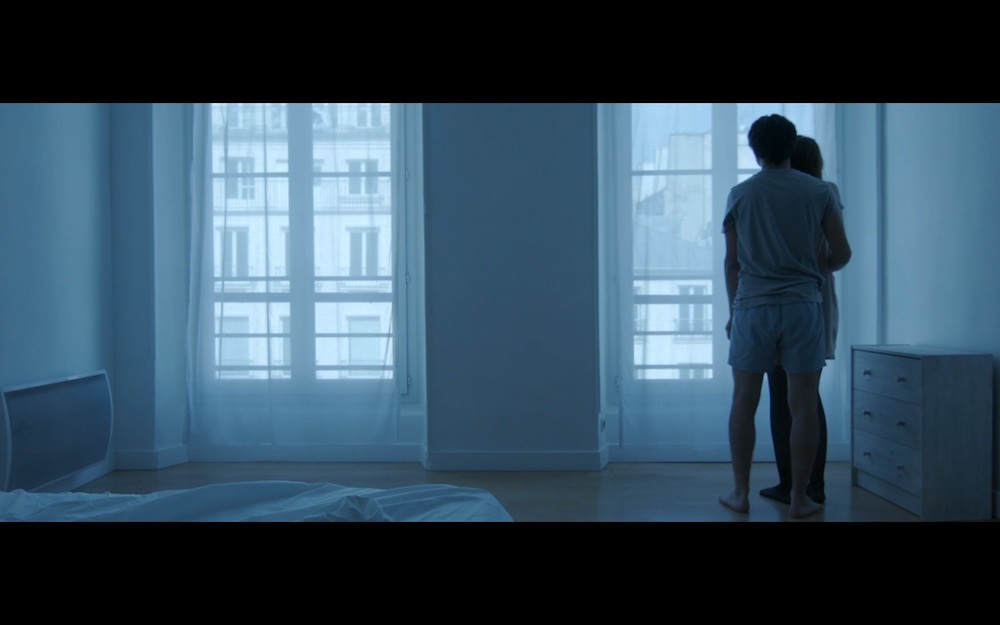
Genre diapason of Konchalovsky’s movies, already mentioned by the Reykjavík, St. Louis, Bogotá and El Gouna film festivals, spreads from children’s comedy to experimental suspense. The set of her historic references, including among others the New Wave, Perestroika movies and Woody Allen, is equally large. Although, Konchalovsky’s artistic individuality doesn’t sink into this massive cultural package. Love for children, romanticism and warm irony are intermingled in her films with spicy humor, a taste for farce and subtle eroticism. Defenselessness of women before men, attractive through being repulsive, and their treacherous nature, as well as sexual tension between people of different ages also count among her major intuitions. But most of all, the merciless and tender Nathalia Konchalovsky makes us savor the awkwardness and ambiguity: a girl, bumping into her ex-boyfriend, a daughter forced to deal with her mother while preparing a party, a young man, both amazed and embarrassed with his new drinking mate and potential lover singing a karaoke song.
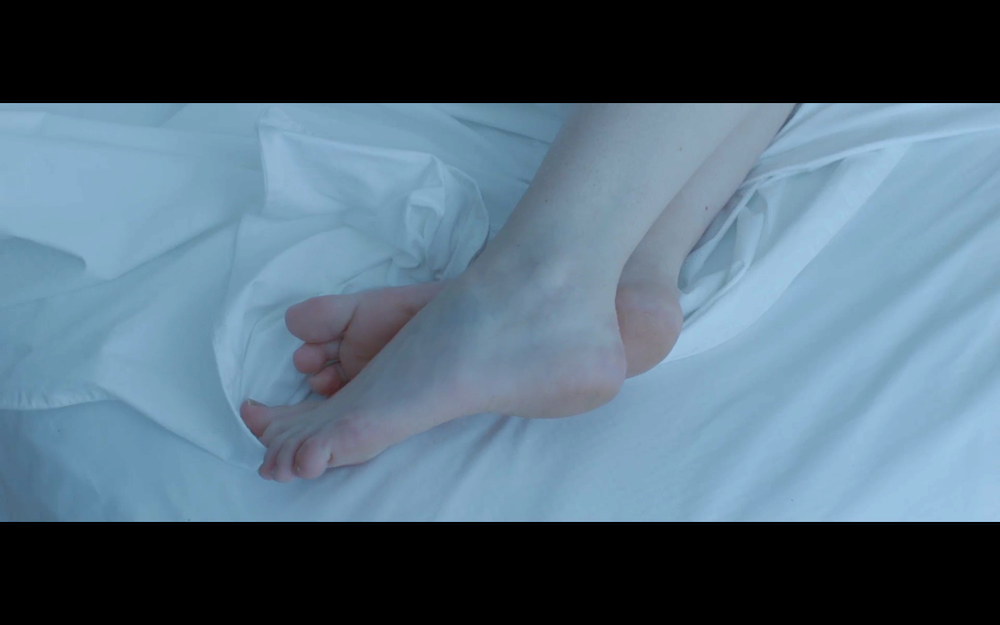
Tired of predictability of the Parisian life, Konchalovsky has recently returned to Moscow, and is currently preparing her first feature film. “It will be a comedy-drama with three intertwined storylines”, she explains, “among its main characters, a female CEO secretly writing vulgar pornographic novels about herself as a lady-in-waiting of Catherine the Great’s imperial court, and her daughter, a young university graduate, who falls in love with a high school student, pretending to be an arctic scientist”. A “Moscow Decameron” one might say.
Working between France and Russia, Konchalovsky is both fully immersed into and an “other” to each country’s culture. Together with her primordial perspicacity, it makes her capable of noticing things a person who belongs to only one may miss entirely.
The assistant curator of the Musée d’Art Moderne in Paris explains why rising star Tao Hui deserves the title of China’s national artist

The painter and filmmaker Tao Hui is a rising star of Chinese contemporary art whose works are exhibited in leading international institutions such as the Pompidou Center, the Fondation Louis Vuitton and K11 Art Foundation. His short films, in particular, are some of the finest expressions of the East Asian Confucian, Taoist and Buddhist millennia-old ethos.
In the multi-channel video installation Excessive, the action takes place in a big contemporary industrial city somewhere in China: into an ordinary middle-class family, a girl is born with an extra finger. Parents hold opposite positions on whether to cut or not to cut the excessive finger out of love for the daughter. They both have strong arguments: on one hand, her organism might be premature for such a surgery (great attention to human body in itself is a characteristic trait of the traditional Chinese culture, known for acupuncture, feng shui, wushu and so on), but, on the other hand, the excessive finger will make her and the whole family the object of ridicule and condemnation, taking into account the millennial Confucian tradition of negativity towards any mental or anatomical deviation. Silence, allusion and understatement are its core elements ; the only explicit reference to the historical tradition of the entire piece is an incut episode with a dance using traditional Chinese costume; apart from this, material environment in the film is exclusively contemporary. Likewise, a barely noticeable line may radically change the sense of the entire hieroglyph. After several years of mounting disputes, the couple breaks up, and then, in order to reunite her parents, the girl cuts her excessive finger off with a kitchen knife.
Intense discussions about ethical and cultural norms pervade the whole film and preoccupy all of its heroes. Although, unlike the contemporary Western culture, the matter of discussion is not its content – what is normal? – but how to conform to this norm. The norm itself is unshakable and obvious, as the Heaven of Confucianism. It’s not the confrontation of the couple’s values and goals that led to their quarrel, but the different opinions as to how to achieve the exact same goal. While the contemporary Western model of love-based relationships supposes the mutual attraction of opposite personalities – the Beauty and the Beast, Alladeen and Jasmine, Mr and Mrs Smith, etc. – where stormy arguments are repeatedly followed by passionate reconciliations, whereas in the world of Excessive reigns the principle of social, psychological and cultural coherence. Equal to equal. The couples relationship is primarily social, and not physiological or emotional: even the conflict, which led to the temporary breakup, has nothing to do with the sexual sphere, jealousy, adultery or dissatisfaction.
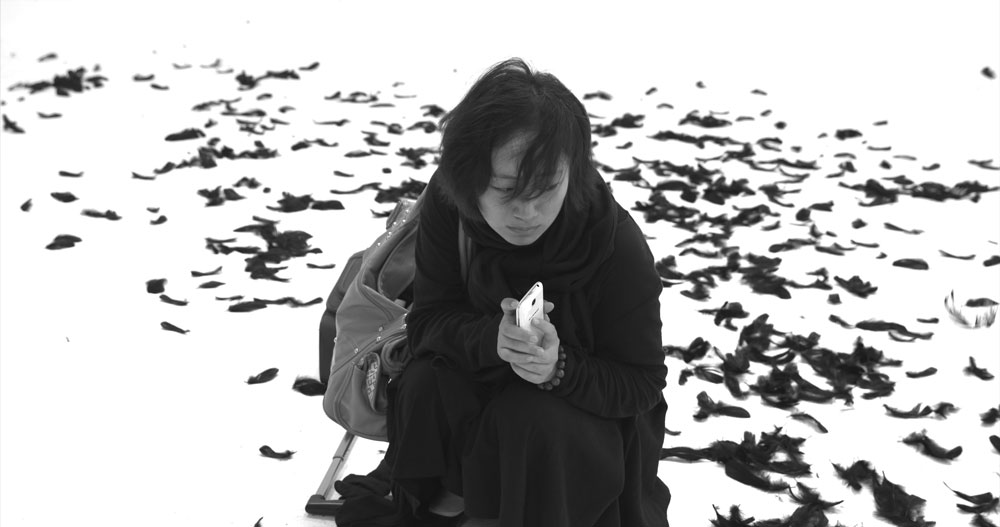
Excessive’s protagonists regard expressivity and any kind of emotion, no matter positive or negative, as unacceptable; self-control, politeness and neutrality being the absolute behavioral ideal at home and in public. “Emotions have stolen my morality” desperately screams the husband, unable to appease himself. Conflict between free poet and oppressive crowd, central in Western culture since the Romantic age, is unknown here: instead, society and the individual, in total harmony, unite their forces to improve his behavior. Contrary to contemporary Western culture, where extravagance, eccentricity and all forms of demonstration of personal uniqueness – “be yourself”– are glorified, in the world of Excessive one should “not be himself”. The only radical and transgressive act, culminating the whole film – self-cutting of a finger – is committed precisely in order to restore and conform the societal norm. Likewise, Tao Hui turns the Western topos of youth revolt and generational conflict, in which retrograde parents oppress progressive children subsequently breaking from them, upside down: the daughter, retrograde as her parents, commits this act in order not to break form, but to reunite the family.
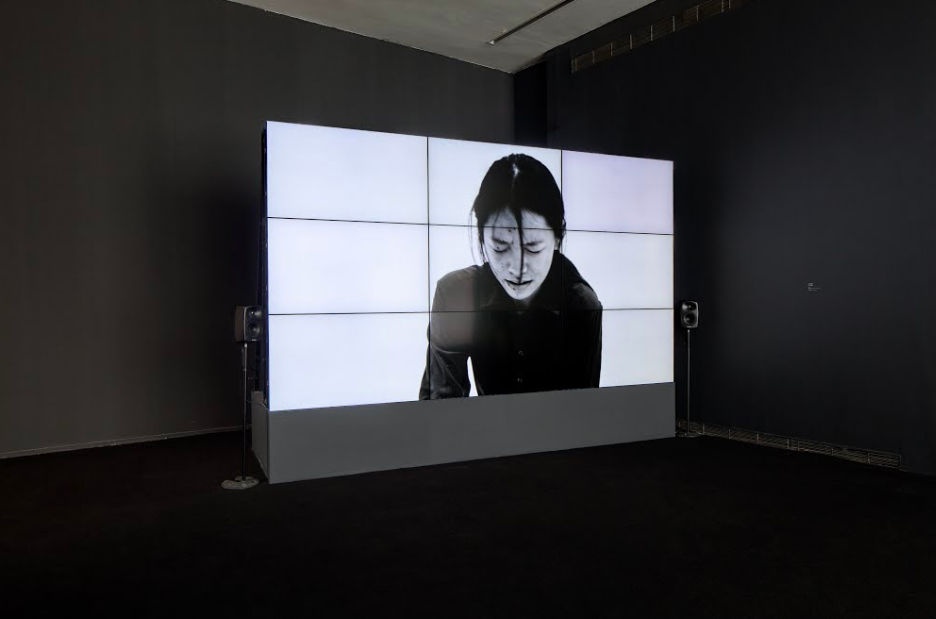
The love which, undoubtedly, Excessive’s protagonists feel to each other, is articulated around control over each other’s morals and aid in improvement of one’s social stance, rather than around passion and erotic attraction. This depersonified, unemotional, and moralistic approach is the key trait of the East Asian civilisation, in which The Personal God of the Abrahamic tradition is replaced by the religious atheism, an abstract cosmic law or principle – the Heaven in Confucianism, Samsara in Buddhism, Tao – Sacred Nothing in Taoism. Such a sacralization of social norm and such a zeal in its restoration, uniting all of Excessive’s characters, are unimaginable in the West, where, on the contrary, celebration of diversity and following one’s own passions finds complete approval.
By the means of the Western artistic language, which he virtuously masters, Tao Hui creates a quintessentially Confucian narrative. Being received as authentic and pertinent in both contexts (likewise, it’s not news that Western abstract and Chinese traditional art are in many ways similar), his oeuvre, however, champions values of only one of them. East Asia doesn’t recognise the European romantic notion of national artist, but Tao Hui’s artwork is so intensely impregnated with the national culture and expresses it with such elegance and subtlety, that he would truly be one of the main contenders for this position.
Nikita Dmitriev, assistant curator of the Musée d’Art Moderne in Paris, reflects on the multi-disciplinary artist who remains one of the brightest representatives of where science meets art working today
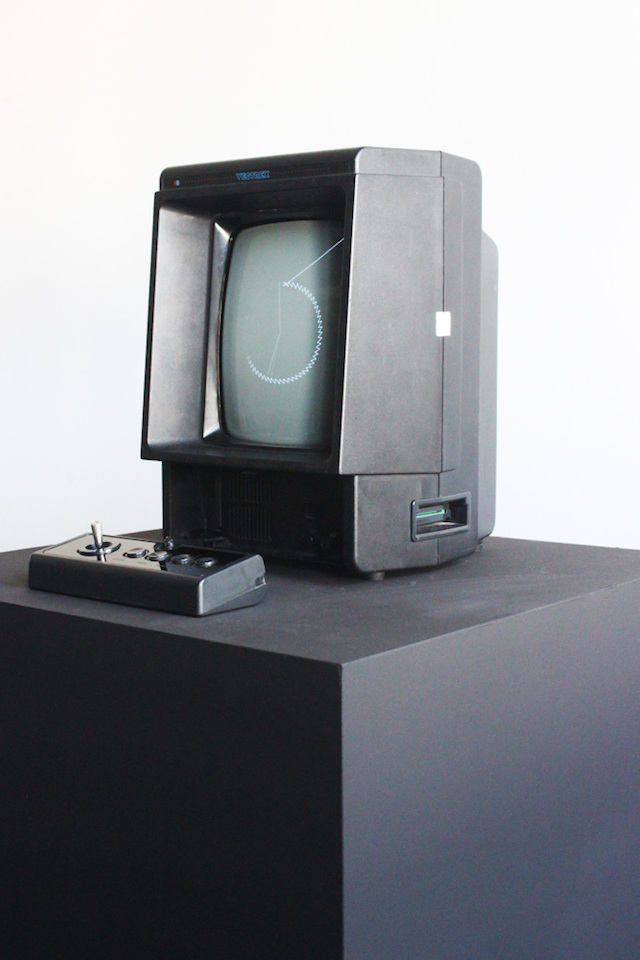
Homunculus
(from the phial, to Wagner)
Now, father! That was no joke. How are you?
Come: press me tenderly to your heart, too!
But not too hard, the glass may be too thin.
It’s in the very nature of the thing:
For the natural the world has barely space:
What’s artificial commands a narrow place.
(to Mephistopheles)
But you, Rascal, my dear Cousin, are you
Here at the right moment? I thank you, too.
Good fortune’s led you here to me:
Since I exist, I must be doing, you see.
I’d like to begin my work today: You’re skilful at shortening the way.
“Faust”, Goethe
There are not so many artists, who master as many techniques, as Theresa Reimann-Dubbers does: she creates installations, mechanisms and computer programs, makes photos, videos, books and drawings. Likewise, it’s hard to recall many artists, equally and so deeply interested in new technologies and anthropological problematics, mixing ars electronica and “existential art”.
Reimann-Dubbers’s “Anticipating Vanity” – a device preventing problematic effect of zero gravity on women’s long hair in the space, where the people of the future will be living, is a subtle and witty reminder about the immutability of the human nature: women will be caring about their hair even in the most distant and fantastic future. The video “Autopilot” happening in the same distant future, but this time on Earth, demonstrates a harness delegating control over one’s locomotion to another person. “Whilst wearing a harness” – says Reimann-Dubbers, – people “are steered by an outside agent who controls when and in which direction they are turning”. Although, what the viewer actually sees on the screen, featuring two sisters in an old park, the mere visuality of the piece, detached from the artist’s discourse about it, is a poem of sororial love, confidence and coordination, and instead of consciousness control – a rather dark Orwellian reference, evoked by Reimann-Dubbers, there is actually an effort of the elder sister, who controls, according to the scenario, to follow the steps of the her little one. The “Rosa Inustus” – an actual rose, the petals and the leaves of which are partially pyrographed with the words of love, partially burned during the process of pyrography – is a true gesamtkunstwerk, one of the deepest, the most laconic and poetic metaphors of how love transforms and traumatises one could ever imagine. The album “Subject: Re: Re” is another brilliant representation of human love – this time of how unnoticeable its emergence can be. A sequence of business emails from a man to a woman, both working in arts, gradually turns into romantic correspondence – written with a great literary talent and physiological veracity and placed on the pages in a specific fashion: the first couple of letters being printed as two columns on the opposite sides of an album spread, the last being a barely readable pile of words of love from one to another, with all intermediate stages in between. Intentionally of unintentionally, in this work Reimann-Dubbers revived a widespread Medieval tradition of text displaying – a prayer on the manuscript page often took the form of the cross, a love poem of the flower bud, etc. The two internet users turn to be Abelard and Héloïse, and a testimony about love between strangers in digital age becomes an illustration to the biblical: “shall a man… cleave unto his wife: and they shall be one flesh” (Gen 2:24).
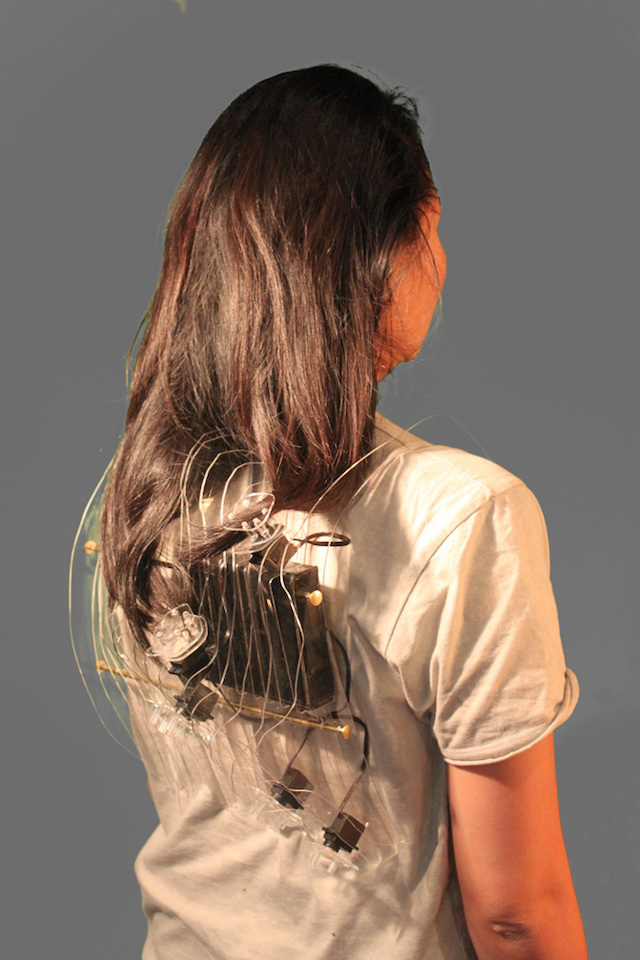
Three of Reimann-Dubbers’s works are devoted to human interactions with the artificial intelligence – growing more and more apt. Like Goethe’s Faust, she creates a Homunculus. Alexa from Reimann-Dubbers’s homonymic video is a robot – a little black cylinder talking to its inhabitants, delivering requested information and asking questions. The nature of Alexa is fundamentally dualistic: she is “unconditionally at your service” and “obedient”, but she also “examines” the behaviour of its owner: is he “polite” and “self- conscious”? This device bears a human name and looks like a totem, venerated by a tribe, or a growing Homunculus – a subtle and powerful warning about the dark sides of the robotisation of human society. In “Siri”, this “Homunculus” already has the human face and prophesies: a computer-generated female in this Reimann-Dubbers’s installation responds to the philosophical questions from a computer screen, responses being generated according to a sophisticated coding algorithm – a perfect metaphor of the Western civilization, who for many decades believes that salvation comes from new technologies. Although, the face we see is that of a drowned maiden, with eyes of different colours like evil witches, and her answers, grammatically correct, are substantially meaningless. In the digital installation “Messianic Window”, Reimann-Dubbers elevates to an eschatological height, reflecting her clear understanding of the radical transformative role new technologies play not just for the economy (during last half-century) but also for human nature itself. A computer, connected to the Internet, processes millions of images surfacing as the search strings results for the word “Messiah”, and represents them on a gothic cathedral-like stained glass window. The viewer observes it exactly like a churchgoer – from the bottom up in the dark space. The final result – what we actually see in this stained glass – is upsetting: no visual narration is being created, it seems to be abstract or, since it contains numerous pictures from low-quality fantastic horror movies and comics, disturbing. Instead of hidden truths and oracular revelations, which contemporary culture expects so much from the computer technique with all its billions of operations a second, it shows us some random pictures from the Internet.

Being one of the brightest representatives of science art of her generation, Theresa Reimann-Dubbers stands apart from the rest of its representatives. Technically sophisticated, but for the most part simplistic and flat in terms of content, science art is either a good-looking tech decorum, or a naive glorification of new technologies, like Soviet propaganda posters. Reimann-Dubbers’s works, on the contrary, are full of ambiguity and emotional depth, they are complex and, most importantly, their actual meaning is wider and deeper than their creator expected. Reimann-Dubbers also subverts the research-oriented, estranged, neutral discourse about the artist’s own creative practice: so common in the world of science art due to the lack of properly artistic interest in its works, for Reimann-Dubbers it becomes a perfect position for hidden irony and rethinking of obvious truths.
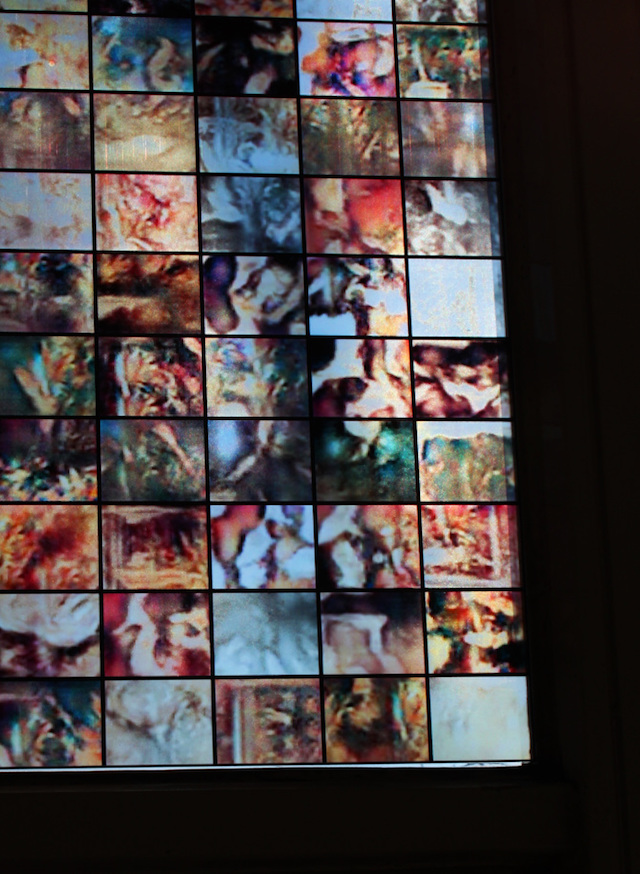
Interested, as an artist, in ultra-contemporary problems, Reimann-Dubbers herself, as a person, seems to come from another époque: erudite, laborious, disciplined, self-conscious, a mix of Marie Curie, Newton or Leibniz (not to mention that her works remind us of the 17-18th cc. kunststücks), totally alien to the hysterical, lascivious, narcissistic post-May 1968 spirit, reigning in the West ever since. You cannot imagine a better position for understanding the contemporaneity. Nemo index in causa sua.
Nikita Dmitriev reflects on Climax, the new film from notorious French-Argentinean film director Gaspar Noé that proves his ability to mix horror and sensuality, and positions himself as an insightful observer of contemporary mores
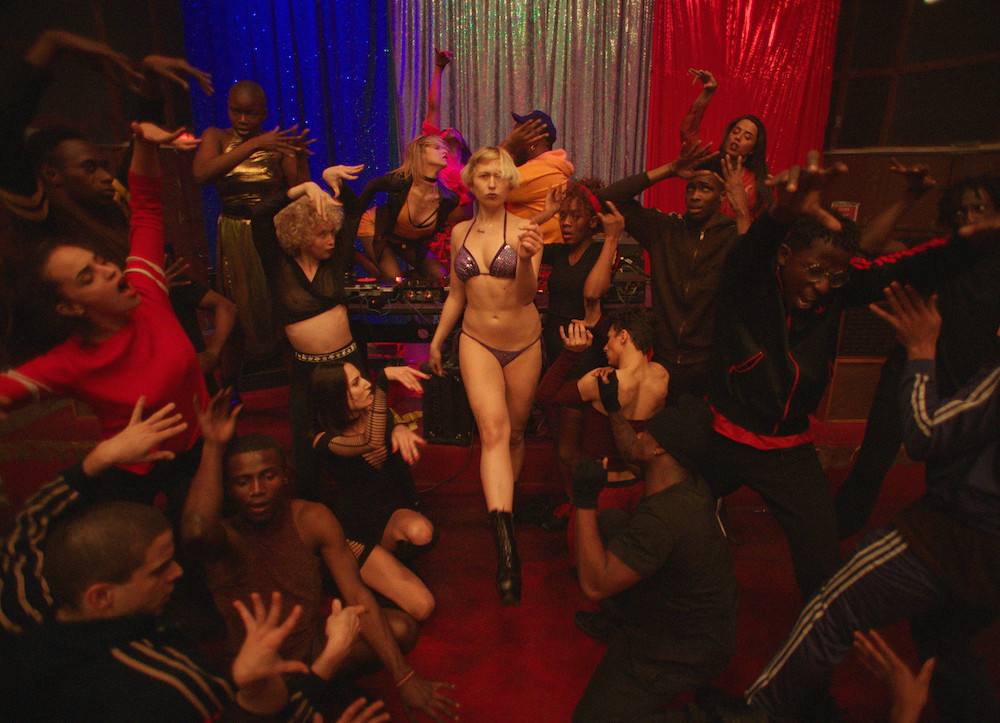
With his new film Climax, Gaspar Noé pays tribute to the world of techno nightclubs he’s been involved in for years and of which he is, as the ideologue of Kaliante raves in Paris, an important figure. Climax’s plot is quintessentially Noé-esque: in the middle of winter, a party concluding the workshop for young dancers in a remote country house turns into a bloody interracial bisexual orgy after someone pours LSD in a pot of sangria. Noé structures the film like a 18th century French philosophical play, respecting the classical unities (time, place and action), introducing stock characters and staging typical situations in a fictional and relatively anachronistic environment. A techno party, in this sense, takes the baton from a ball in the palace as its framing event.
Noé shares with the Enlightenment writers Nicolas Boileau and Voltaire not only a literary pattern, but also an objective: to demonstrate the typical, formulate the zeitgeist, rather than tell a unique story, to study the common rather than the individual. Climax’s characters, these Scaramouches, Harlequins and Polichinelles of the 21st century, are copied from real life with a great psychological veracity and sarcasm at the edge of the admissible: an overweight drug-queen, a Russian lesbian studying arts in Germany, an angry white guy rejected by all the girls, etc. Anyone who attended an actual techno party at least once in their lifetime will immediately recognise them.
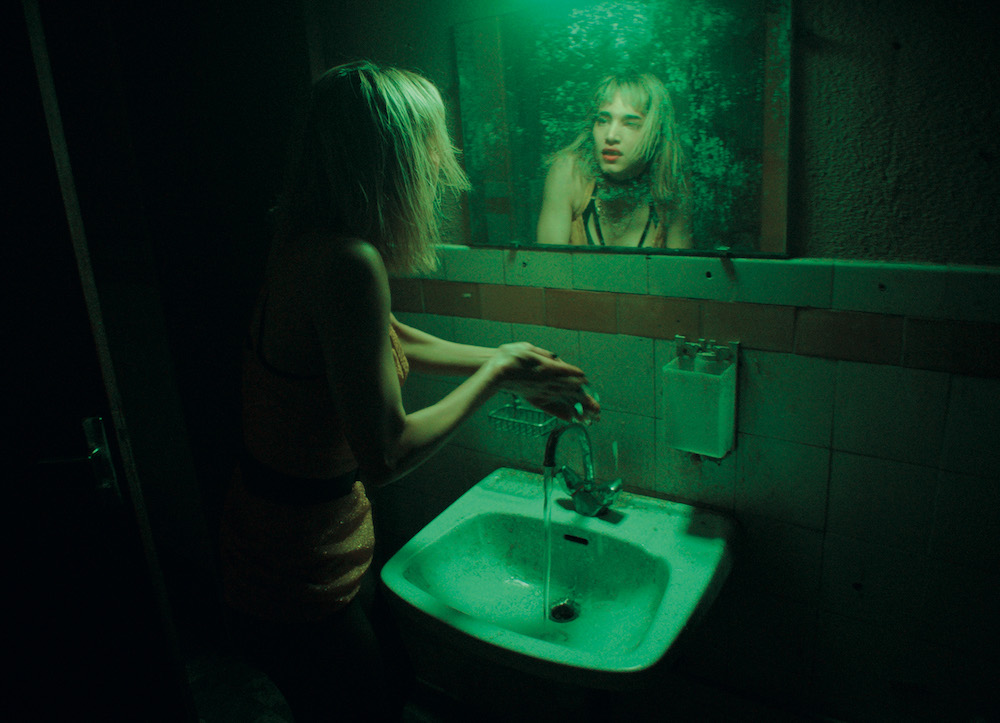
Desire to represent the typical eliminates from Climax any kind of narration: virtually the entire film consists of dancing scenes and one-to-one conversations. Two black guys discuss the size of their genitals and positions during the group sex, a girl sniffs coke on the stairs, two other girls push a male dancer away from their room to hook up. The sequence of micro-situations is built like an encyclopaedia – another reference to the Age of Enlightenment – of today’s hottest and most scandalous themes: nativism, religion, homosexuality, abortion, interracial sex, drugs, harassment, Berlin’s art community. The latter, with all its splendour, occupies in the collective consciousness of Noé’s heroes the same place as the Versailles royal court for Molière’s characters. Noé puts his skills in depiction of violence at the service of the same goal of densifying and distilling reality. A fight between female dancers results in the pregnant dancer being kicked in the stomach, a girl in the state of drug induced psychosis sets herself on fire and cries choking in her own blood, a guy kicked out of the party dies in the snow.
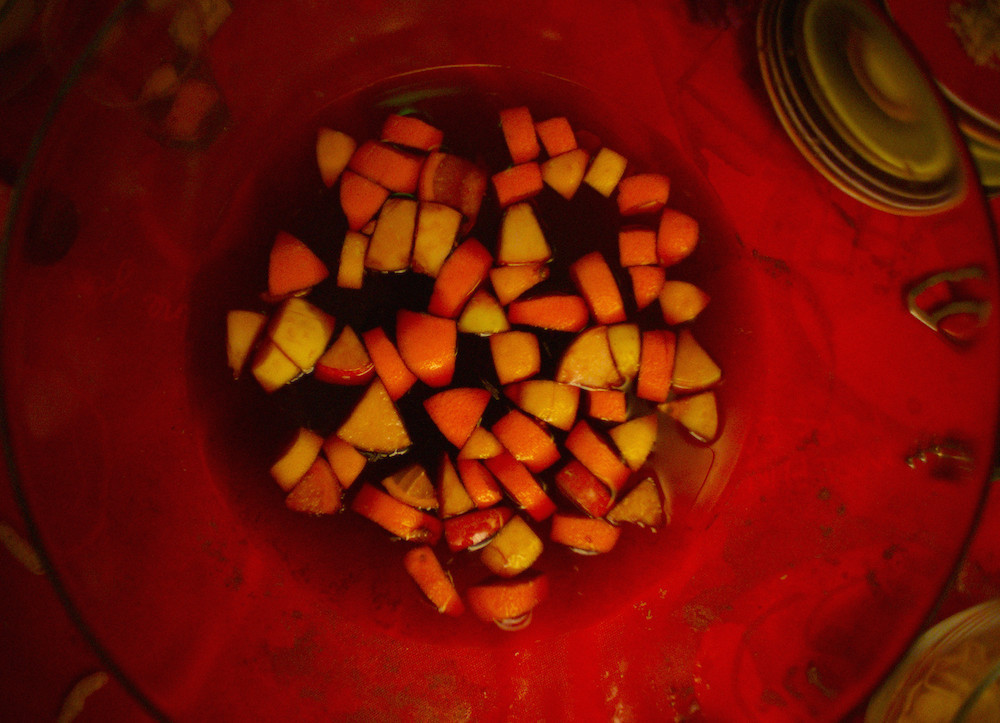
With Climax, Noé confirms his position as an indulged radical, to whom, like to Sacha Baron Cohen, Slavoj Zizek, Lars von Trier or Michel Houellebecq, polite society forgives his provocative, ambiguous, right-wing-connotated gestures: Monica Bellucci’s rapist in Irréversible, Noé’s 2002 movie, wasn’t a priest or a Trump supporter, but a leftist intellectual, and the arrival of the police, illuminated by the glorious morning sun, is orchestrated in Climax’s finale as the salvation event. Noé doesn’t tell stories, but stages situations. His films function like large-scale paintings – courtly or mythological scenes, battles or natural disasters – with dozens of characters, in front of which one can spend hours studying their details.
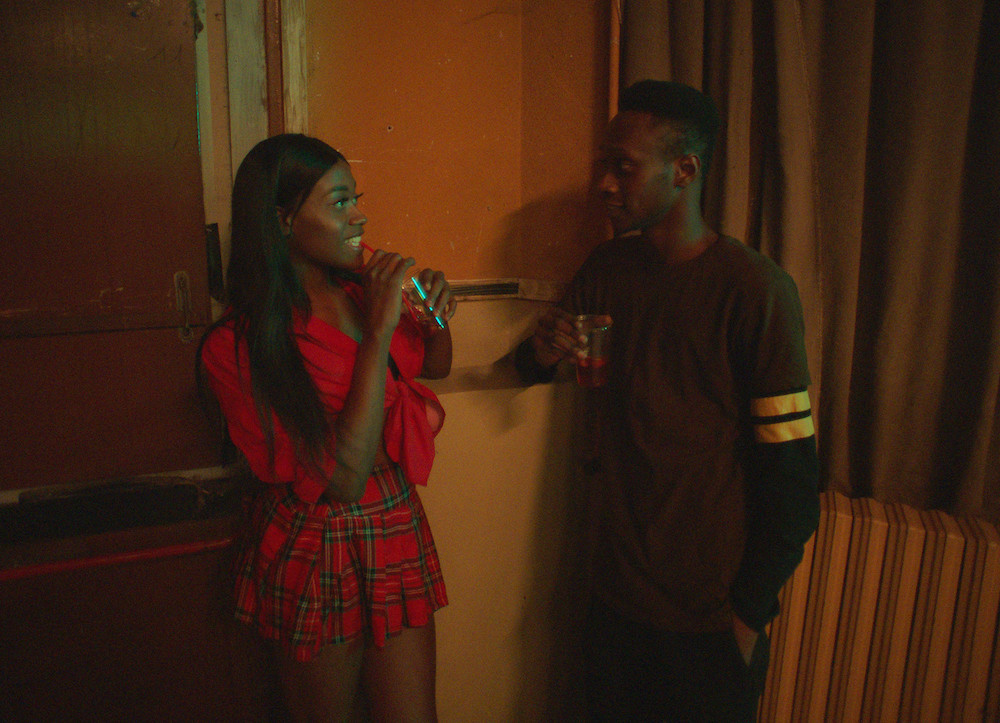
In Climax, this anti-narrative paradigm shows all the signs of exhaustion. The nightlife, the Berghain world with its incredible mixture of the upper- and underclasses of society, of music, fashion, philosophy, art, homosexuality and drugs, is so crucial for contemporary culture that abstaining from the analysis of its structure, causes and paradoxes is irresponsible. Mere representation is not enough; while to analyse, something deeper and more narrative, than a sequence of isolated episodes, although well filmed, is needed. No one more than Noé, with his erudition, artistic talent, and the depth of his knowledge of this community, would be fitter to undertake it.
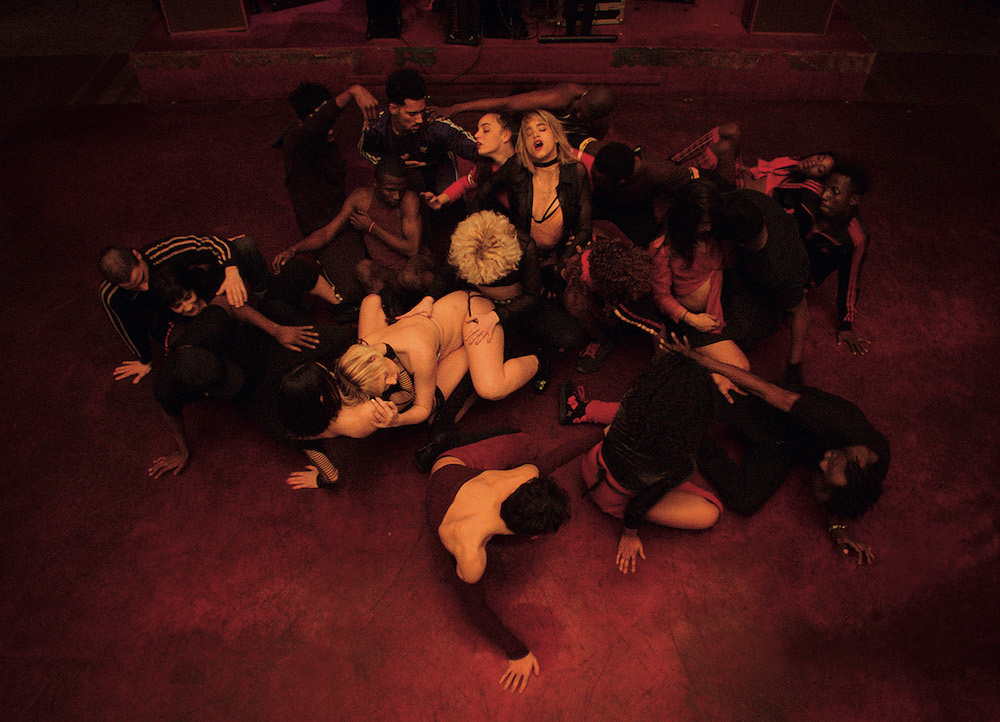
Does Noé mock the contemporary youth culture or love it? The film gives no answer, but makes visible some of his anthropological intuitions. Techno, like the liberal culture as a whole, is based on the idea that personal differences and those derived from class, education, race and religion are permeable, fading away during a rave. Climax’s action argues the opposite, and it seems to be much more subversive than all of its orgies.
Nikita Dmitriev is the assistant curator at the Musée d’Art Moderne de la Ville de Paris
Nikita Dmitriev considers the concerns for the technological revolution set out in a new book by artist and writer James Bridle

The new book by British artist James Bridle, ‘New Dark Age: Technology and the End of the Future’, deals with some of the most vital questions for contemporary civilisation – is technological progress beneficial for humankind? What’s the relation between technological progress, on one hand, and economic prosperity and political liberty, on the other?
In the West, technological progress has been underway continuously since the Renaissance, and our welcoming attitude towards it defines much of Western culture since then. In turn, the idea that liberal democracy, economic well-being and technological progress are mutually beneficial and inseparable, constitutes the core element of the Western social contract and political philosophy since the French Revolution of 1789, and has dominated our thinking since the end of the Second World War.
All of this actually proves to be false: since the early 1970s in the West, economic inequality is widening, real wages (the one and only variable defying economic prosperity, GDP expresses nothing substantial) are stagnating, while labour productivity (the quantifiable measurement of technological progress) keeps on growing exponentially; since the early 1970s, technological progress, while continuing, as in the past, to destroy jobs, permanently ceased to offer people new employment that was better, or at least equivalent, to those destroyed in terms of salary, social prestige, work-time and required skills.
Before the early 1970s, technological progress had been beneficial to the Western economy, but since then it has been devastating and can be linked to social atomisation, corrosion of interpersonal relationships and rise of physical and mental health problems in the new technologico-communicational environment; in the age of social media, people are ‘alone with the others’.
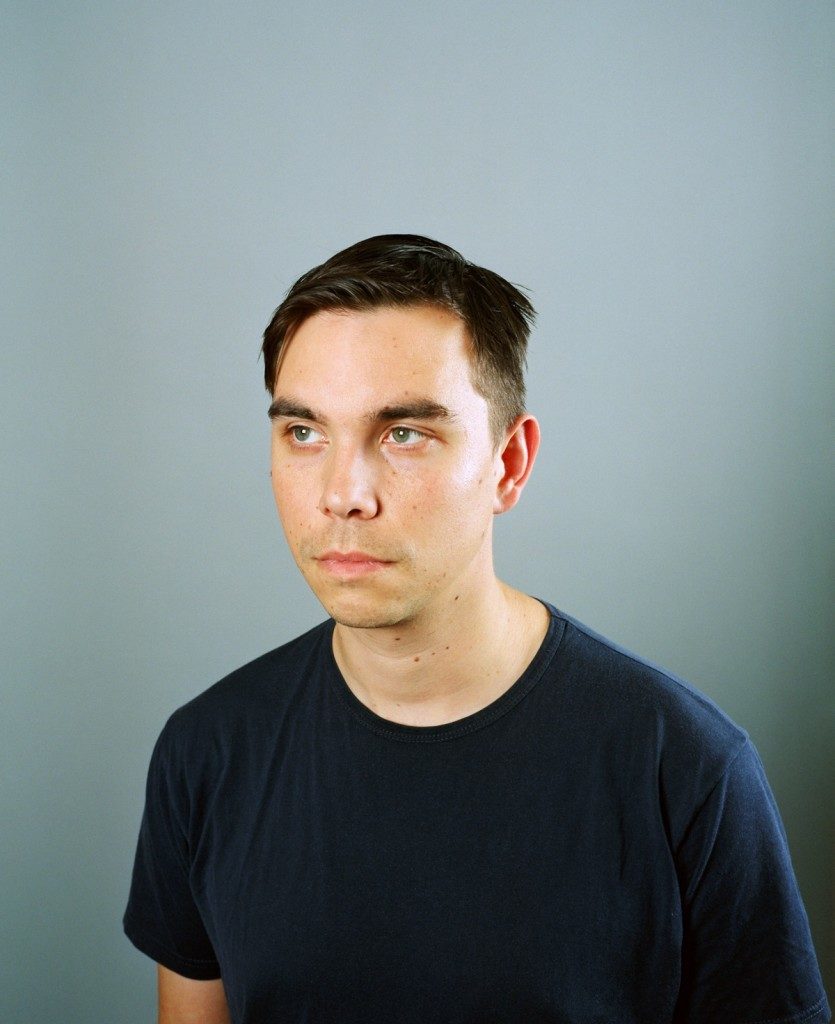
The positive link between technological and socio-cultural progresses – the idea that the use of new technologies would move archaic non-Western communities closer to the liberal democratic standard – also turns out to be untrue: terrorist organisations, gangs and oppressive political regimes do not only actively exploit new technologies, but even invest in them; social networks create new possibilities for mutual surveillance, coordination and information sharing, strengthening traditional clan ties; paradoxically, a better freedom of circulation and better professional opportunities that has recently emerged for women in the Global South, are completely undercut, in terms of their personal liberty, by the possibility to control them through WhatsApp, Instagram and Facebook by their male siblings.
The main reason why the dark sides of technological progress are so largely neglected in the public square lies in a collective, subconscious fear and the sentiment of denial, generated by the enormity of the problem, identical to the first stage of adoption of the inevitable in psychology. Technological progress is Pandora’s box and, in all likelihood, it can’t be democratised, slowed down, reversed or stopped. Skepticism towards it in the Western history had been expressed not just by some uneducated luddites or maniac geniuses like Ted Kaczynski, but also by people like Socrates, Leo Tolstoy and Martin Heidegger. The glorification of technological progress is one of the cornerstones of the contemporary cultural and artistic mainstream, and Bridle justly stands up against it.

New Dark Age: Technology and the End of the Future is published by Verso Books
Nikita Dmitriev is the assistant curator at the Musée d’Art Moderne de la Ville de Paris